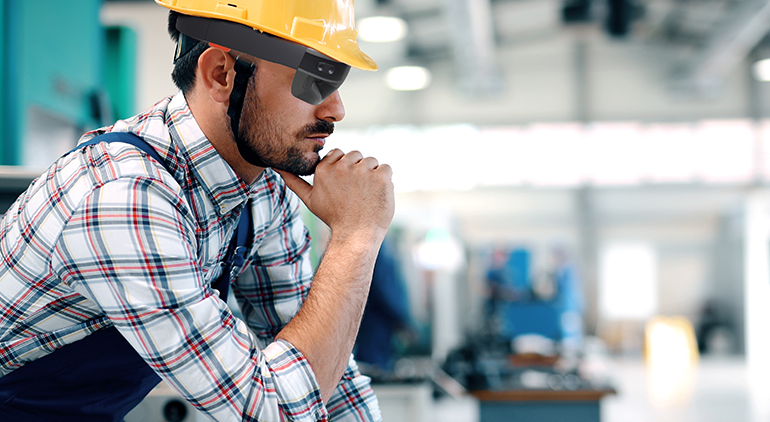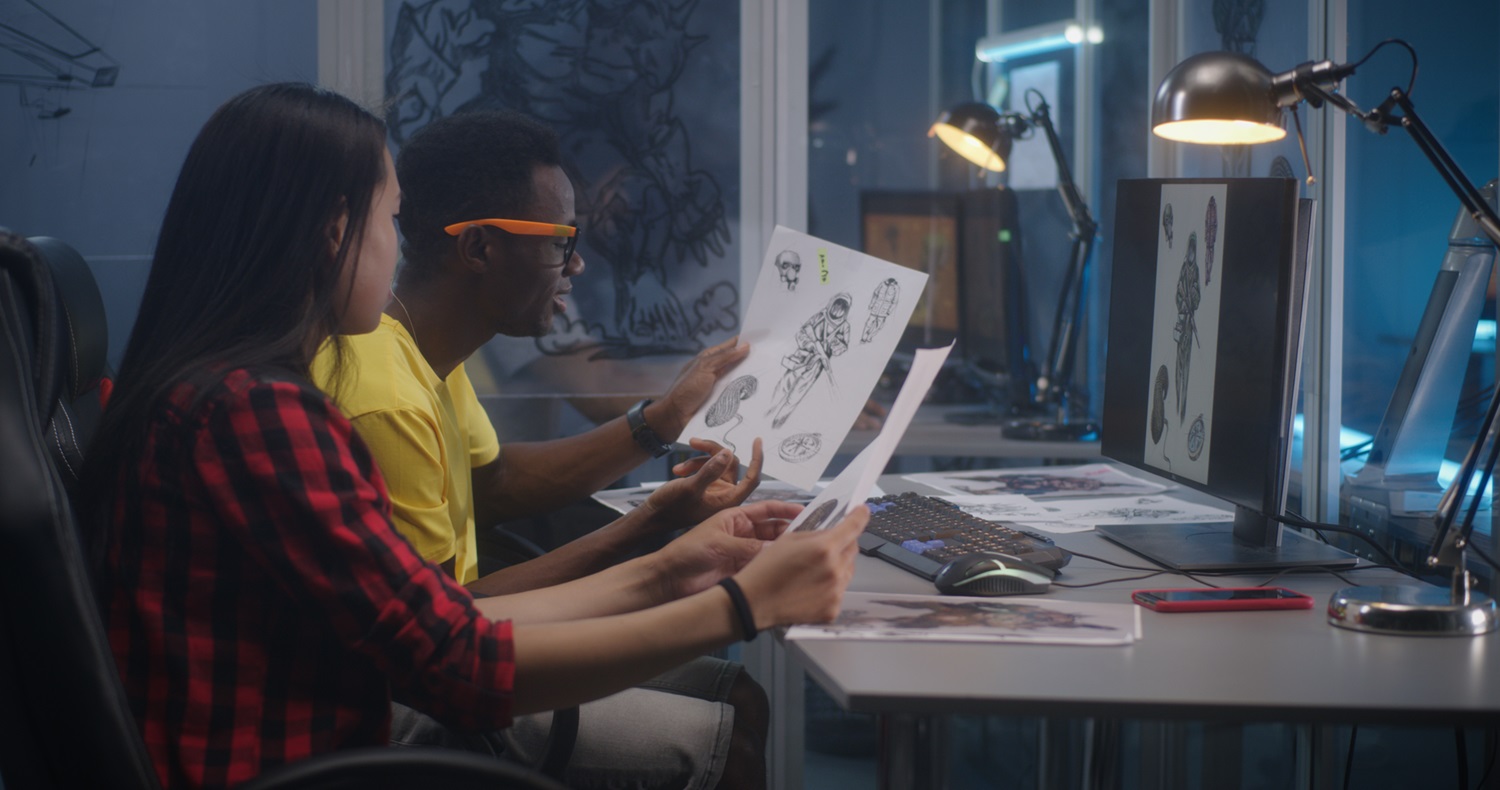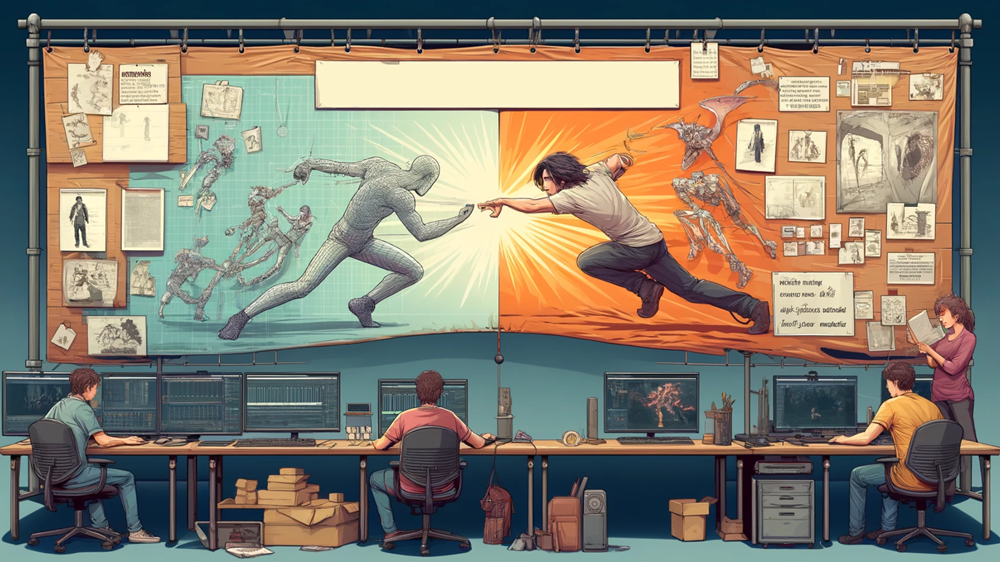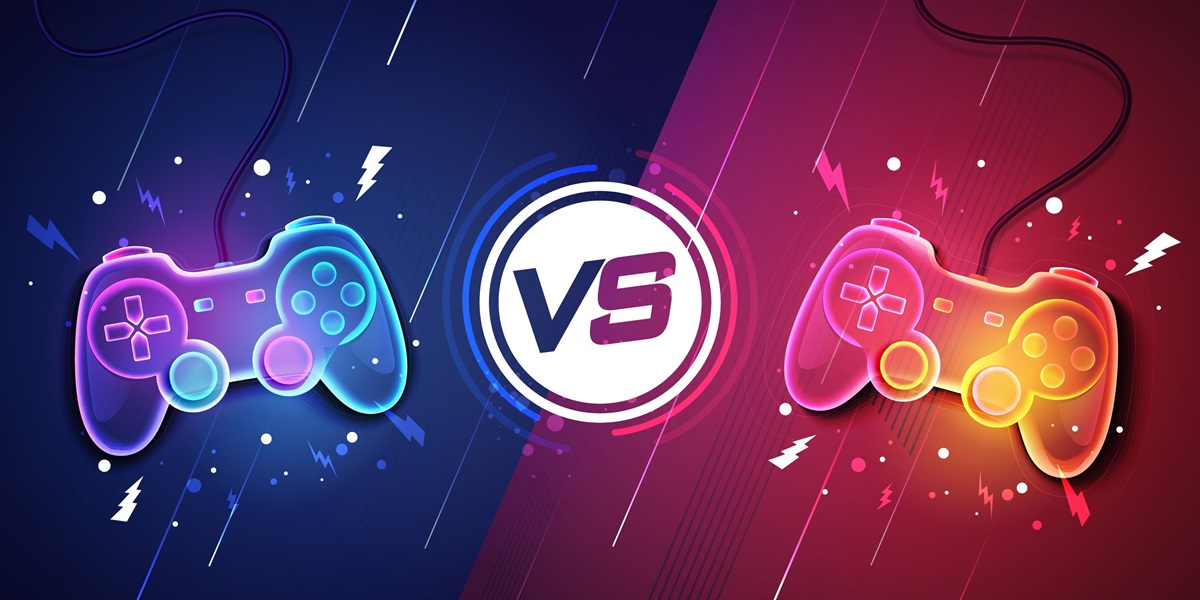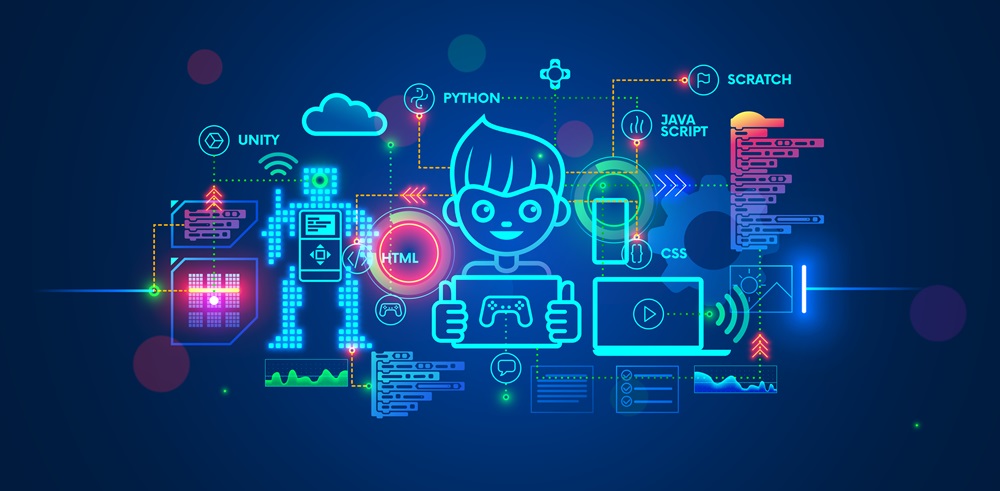HoloLens in Manufacturing: Use Cases of Speeding Up Manufacturing Through AR
Increased adoption of HoloLens has paved the way for augmented reality (AR) in manufacturing. HoloLens is an AR-enabled wearable developed by Microsoft. HoloLens has already become a staple within the industry through increased efficiency and reduced costs.
- The AR
market is estimated to reach $4.7 Billion by 2025.
- By 2025, HoloLens
is forecasted to have a value of $4.9 Billion.
- HoloLens
currently enjoys a 73.8% CAGR.
Sector Overview
The manufacturing sector had come to a standstill at the onset of
the pandemic.
- The PMI slipped
down to 57.5.
- Contribution to
GDP shrunk to 13.8%.
It was at this low that the sector decided to adopt some changes such as digitization, flexible supply chains, and tripling the investment in technology. Another factor of consideration was the shrinking workforce, and the reluctance of new blood to join the force.
All this was addressed through the
adoption of augmented reality development and other cutting-edge tech.
Benefits of Augmented Reality in Manufacturing
Augmented reality in manufacturing can be used to enhance productivity, safety, and accuracy. AR VR can offer several benefits in manufacturing, including:
1. Better collaboration
By
integrating manufacturing with the designing process and AR, HoloLens helps teams
to work in sync with each other.
2. Better training
Through
augmented reality-powered training sessions, workers can be trained
efficiently. Manufacturers have stated that HoloLens training takes just one-fourth of traditional training time for similar tasks.
3. Better assembly
Complex
assemblies and tough maintenance tasks can be simplified by letting various
teams work on them remotely.
4. Better visualization
HoloLens
enables better data visualization and executive oversight. With a 100,000 foot
view and the capacity to zoom in, live production capacity data and future
manufacturing facilities can be explored.
Use Cases of Hololens in the Manufacturing Industry
• ThyssenKrupp uses
the tech for designing and construction of lifts. The area is measured through
an AI integration to HoloLens and the software designs a suitable lift or
elevator. This reduces the time taken by one-fourth.
• The Starliner
transport module by Boeing is designed using HoloLens.
Related post: Benefits of mixed reality
• Apart from
designing, HoloLens also helps in training. Boeing uses a voice-over-enabled
visual representation of various aircraft parts to train its members. Boeing
claims it has reduced the time by 75%.
• Besides training, the assembly can also be lubricated through HoloLens use. GE uses HoloLens to
illustrate further steps to the personnel, thus increasing efficiency by 34%.
• At Toyota Japan, Koichi Kayano’s way of thinking about work changed the day he first put on a Microsoft HoloLens headset. “I was astounded because it lets us do the things we had never done before,” said the project manager at Toyota Motor Corp. in Japan.
He and his team now use the precise mixed reality technology (MR) capabilities of HoloLens to streamline tasks, improve quality, and solve problems – from inspecting the thickness of paint on vehicles to ensuring employee safety to installing factory equipment.
The Future of Manufacturing with HoloLens
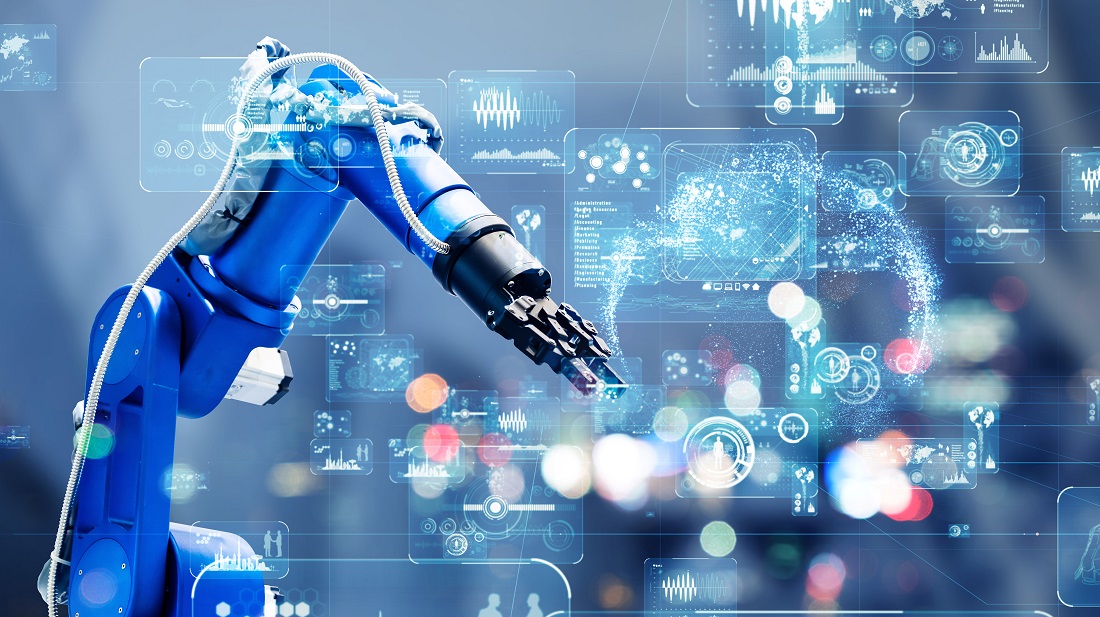
A safe and efficient manufacturing process in the future across all
industries. Manufacturers are reassessing risks after the pandemic and
switching to more streamlined and efficient augmented reality tech is the first
step.
- Digital
transformation is seen by 48% of manufacturers.
- AR headset market
including HoloLens is estimated to reach $1.64 Billion by 2025.
- The CAGR is estimated at 73.8% by 2025.
Also read: AI in Manufacturing: Applications, Examples & Benefits
In a world of constantly shortened deadlines combined with the need to deliver top-notch quality products or suffer consequences by clients and customers on a short fuse, it is the need of the hour to reduce the margin of error.
The HoloLens not only lets manufacturers do that, but it also does it in an engaging interactive way.
